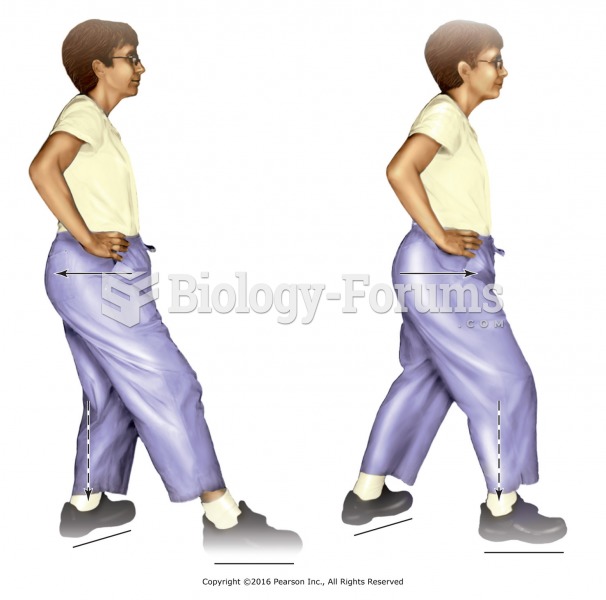|
|
|
Did you know?
During the twentieth century, a variant of the metric system was used in Russia and France in which the base unit of mass was the tonne. Instead of kilograms, this system used millitonnes (mt).
Did you know?
It is difficult to obtain enough calcium without consuming milk or other dairy foods.
Did you know?
The U.S. Pharmacopeia Medication Errors Reporting Program states that approximately 50% of all medication errors involve insulin.
Did you know?
Essential fatty acids have been shown to be effective against ulcers, asthma, dental cavities, and skin disorders such as acne.
Did you know?
People with high total cholesterol have about two times the risk for heart disease as people with ideal levels.
 Scaling the Earth down to the size of a basketball, the Moon is roughly the size of a tennis ball. T
Scaling the Earth down to the size of a basketball, the Moon is roughly the size of a tennis ball. T
 Some scholars regard Walt Whitman as a poet of nature, and others, a poet of the body—a reference to
Some scholars regard Walt Whitman as a poet of nature, and others, a poet of the body—a reference to
 This Russian godfather is leaving a Moscow court just after he was acquitted of a double murder. Do ...
This Russian godfather is leaving a Moscow court just after he was acquitted of a double murder. Do ...




